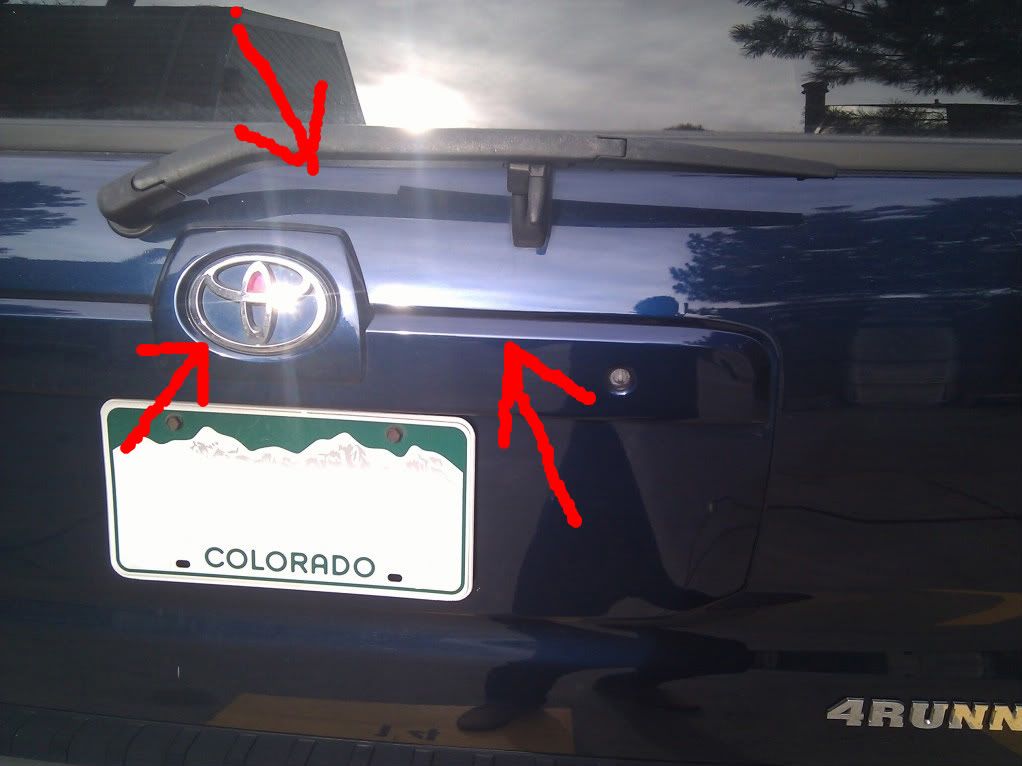Good thread and questions!
Taping serves two purposes:
1) when used to cover crevices, tape aides in keeping final cleanup quick and easy. Less polish to blast of scrub out of jambs, hinges, crevices, etc. And believe me, there will be residue in your crevices, and it will turn to concrete after a few heat/sun cycles. I should also mention that trying to brush out remains (with practically any brush) from crevices WILL mar paint. Most cleaners that can remove the stubborn residue will also remove that fresh residue you have resting as LSP. So taping goes a long way to keeping your processes more efficient.
I personally use tape only for polishing. Once the polishing is done, I pull back the tape and work on cleaning up any "tape lines". I will sometimes de-tape prior to jeweling, dependent of they type of trim. Anything painted or metalized is pretty much safe for some very light PO85RD-kind of stuff. Even uncoated metal trim can get marked from polishes and compounds albeit much more difficult to mar up metal. But if the trim has a satin finish, any polishing against the grain can cause a noticeable difference in the surface. Any bare plastic or rubber trim gets tape up until final wash.
I know of people who keep the tape on during application of LSP. If you are using a All In One or a cleaner wax, this may be a good idea. It is also easier to be careful with a foam applicator at your finger tips than a polisher, so you can get away with not using tape for LSP. If you use something that will not go white and dry up, no tape is necessary. When I apply LSP via the PC, I go over everything. All trim, seals, etc. Match the process to the product.
2) protecting edges from too much polishing: Edges of panels have risen paint levels as the paint meniscus-es at the edge, and a lack thereof on the edge itself. Even with the PC you can polish through an edge (will take some effort and M105 or harder). Plastic bumpers are horrible for this type of problem, and any sharp "character" edge will suffer sooner than any sharp body character line. When using the rotary, tape around an edge will keep the pad from polishing through any proud (over-flush or under-flush) panel to panel edges, which happens at the far edges of your working focus point and can surprise the most seasoned veteran. As you start to work with more and more (and varied) vehicles, expect to get surprised. Stay on your toes and use tape as a planning process: problem solved.





